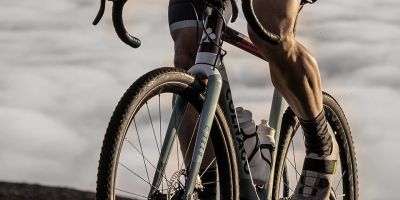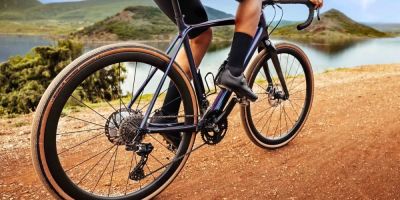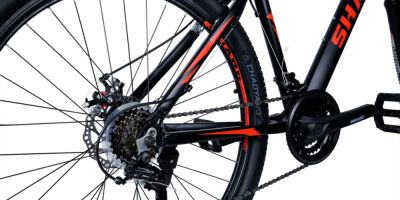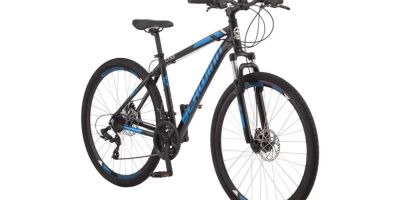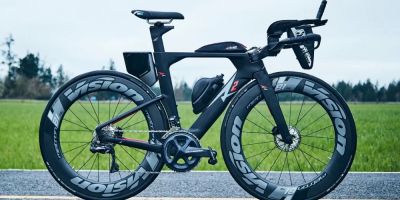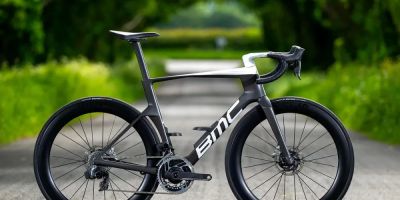What to Look for When Choosing Your Next Mountain Bike
When I first decided to buy a mountain bike, I was overwhelmed by the sheer variety of options available. From frame materials to tire types, suspension systems to brake styles, the choices seemed endless. I vividly remember my first trip to a bike shop where I had no idea what I was really looking for. I asked myself a lot of questions: “Do I need full suspension or hardtail? What type of terrain will I be riding on? How much should I really be spending?”
Over time, I learned that choosing the right mountain bike isn’t just about picking the flashiest model or the most expensive option. It’s about understanding your needs, the type of terrain you’ll be riding on, and the specific features that will enhance your riding experience. In this guide, I’ll share everything I’ve learned about what to look for when buying a mountain bike so you can make an informed decision and find the bike that’s perfect for you.
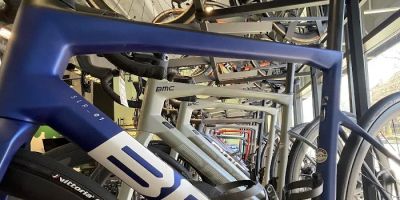
Conte's Bike Shop
3449 Wilson Blvd, Arlington, VA 22201, USA
1. Understanding the Types of Mountain Bikes
Before diving into the details of bike components, it's important to understand the different types of mountain bikes available. Choosing the right type is the first step in finding a bike that fits your riding style and terrain. From personal experience, I can tell you that the type of bike you buy can drastically affect how comfortable and efficient your ride will be.
Here are the most common types of mountain bikes:
- Cross-Country (XC) Bikes: These bikes are lightweight and designed for long rides on smoother trails. They are great for those who want to cover a lot of ground quickly and efficiently. I personally use an XC bike for my weekend rides through forest trails, and the light frame and efficient design make pedaling uphill a breeze.
- Trail Bikes: These are the all-rounders of the mountain bike world. With a bit more suspension and durability, trail bikes are perfect for a mix of smooth and rough trails. If you’re new to mountain biking, a trail bike is a great option, as it can handle a variety of terrains.
- All-Mountain (Enduro) Bikes: If you're tackling more technical trails with rocks, jumps, and steep descents, an all-mountain bike is the right choice. These bikes offer more travel and more robust suspension systems to handle challenging terrain.
- Downhill Bikes: As the name suggests, these bikes are designed for high-speed descents and rugged downhill trails. They have the most suspension and are built for maximum stability and control when descending steep mountains.
- Fat Bikes: These bikes have oversized tires designed to ride on soft surfaces like snow or sand. If you're planning to ride in snowy areas or on beach trails, a fat bike might be the perfect choice.
Once you know the type of bike you need, you can narrow your choices and move on to the specifics of what makes each bike unique.

Bicycle Barn LLC
839 Reading Rd, East Earl, PA 17519, USA
2. Suspension: Hardtail vs. Full Suspension
One of the most crucial decisions I had to make when buying my mountain bike was whether to go with a hardtail or full-suspension bike. Let me tell you, the choice between these two options can make or break your experience, especially if you plan to ride on rough, uneven terrain.
Hardtail Bikes: These bikes have suspension in the front fork but no rear suspension. They’re generally lighter, more affordable, and efficient on smoother trails. I chose a hardtail for my early rides because I mostly stuck to gravel trails, and the bike’s lighter weight made it easier to pedal uphill. Hardtail bikes are a great choice if you're just getting started or if you plan to ride mostly on moderate trails.
Full Suspension Bikes: These bikes have both front and rear suspension, offering better control and comfort on rough, technical trails. Full-suspension bikes are designed to absorb shock and reduce the strain on your body while riding. If you're planning to ride on more challenging terrains like rock gardens or steep descents, a full-suspension bike will offer better stability and a smoother ride. While these bikes tend to be heavier and more expensive, they’re ideal for riders looking for a more comfortable, high-performance ride.
Both options have their merits, so your choice depends on your specific needs and the type of riding you plan to do. If you're unsure, a trail bike with a front suspension is a great place to start.
3. Choosing the Right Frame Material
The frame is the foundation of your mountain bike, and its material will impact the bike’s weight, durability, and ride quality. After doing some research, I found that there are a few key materials to consider:
- Aluminum: Aluminum frames are lightweight and affordable, making them a popular choice for beginner and intermediate riders. They offer a good balance of performance and price. I opted for an aluminum frame when I first started mountain biking because of its light weight and budget-friendly price.
- Carbon Fiber: Carbon frames are lighter than aluminum and offer superior strength and stiffness. These bikes tend to be more expensive, but they’re great for those who want a high-performance ride. I’ve since upgraded to a carbon fiber bike for its responsiveness and ability to absorb shock on rough trails.
- Steel: Steel frames are durable and provide a smooth, comfortable ride. While they can be heavier than aluminum or carbon, they’re known for their strength and resilience. Steel frames are a great choice for riders who want a rugged bike that will stand up to tough conditions.
The material you choose will depend on your budget and the type of riding you do. If you're just starting out and riding on moderate trails, aluminum is likely your best bet. For more serious riders, carbon fiber might be worth the investment due to its lighter weight and enhanced performance.
4. The Importance of Wheel Size
Another factor that took me some time to understand was wheel size. While it might seem like a minor detail, the size of the wheels plays a huge role in how your bike performs on different terrains. There are a few common wheel sizes to choose from:
- 26-Inch Wheels: These were the standard size for many years, but they are becoming less common. They offer agility and are ideal for technical trails where quick handling is required.
- 27.5-Inch Wheels: These wheels are a great compromise between the speed of 29-inch wheels and the maneuverability of 26-inch wheels. I ended up choosing a bike with 27.5-inch wheels, which gave me a good mix of speed and handling on both smooth and rough trails.
- 29-Inch Wheels: 29-inch wheels are known for their speed and ability to roll over obstacles more easily. These wheels are ideal for cross-country and trail riders who want to maintain momentum over long distances or uneven surfaces.
Wheel size affects how your bike handles, how fast you can go, and how easily it navigates obstacles. Depending on your riding style, choosing the right wheel size can make a big difference in your riding experience.
5. Gearing and Brakes: Finding the Right Setup
The gearing system and brakes on your mountain bike are essential for performance, especially when tackling steep inclines or technical trails. I’ve learned that understanding the gear ratios and brake systems will make a significant difference in how efficiently and safely you ride.
Gearing: Mountain bikes typically have either a single-chainring setup or a traditional multi-gear setup. I prefer the simplicity of a single-chainring system for easier shifting, but some riders prefer the versatility of a multi-gear system, especially if they plan on riding in hilly areas. The more gears you have, the more control you have over your pedaling effort, which is important for challenging terrains.
Brakes: There are two main types of brakes to consider: rim brakes and disc brakes. Rim brakes are lighter and cheaper but less effective in wet or muddy conditions. Disc brakes, on the other hand, provide superior stopping power and are great for rough or downhill terrain. I went with disc brakes for my mountain bike because I wanted reliability in all weather conditions, especially during descents.
When choosing your mountain bike, be sure to consider the gearing and brake system that best suits your riding style and terrain.
Choosing the right mountain bike can be a thrilling yet overwhelming process, but by considering these factors—bike type, suspension, frame material, wheel size, and components—you’ll be well on your way to finding the perfect bike. If you need more guidance or a selection of high-quality bikes, I highly recommend visiting Healthy Cycling, where you can find bikes that are tailored to your needs and preferences.

